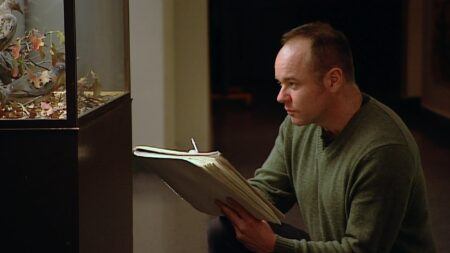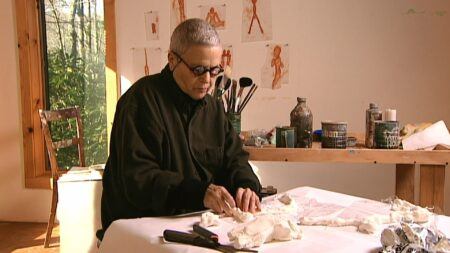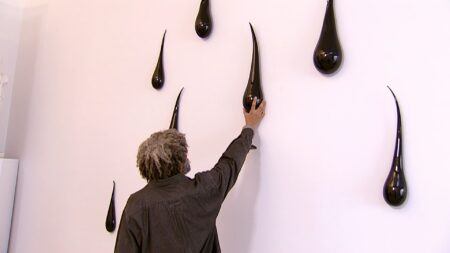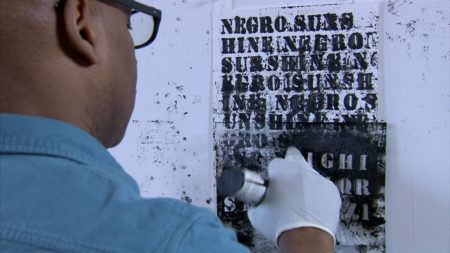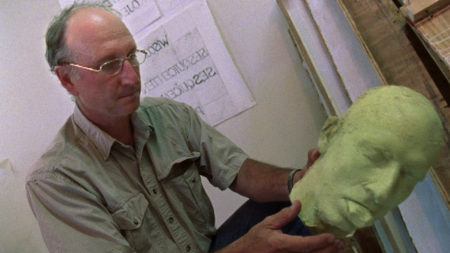Results 40–50 of 63
Barbara Kruger
Barbara Kruger was born in 1945 in Newark, New Jersey, and currently lives in New York and Los Angeles. She attended Syracuse University’s School of Visual Arts in 1964 and studied art and design at Parsons School of Design in New York in 1965. Kruger began her career as a graphic designer and picture editor at Condé Nast Publications, an experience that greatly impacted her artistic practice. Using the visual tropes, language, and design aesthetics of commercial advertising and magazines, the artist creates images and installations that reflect and critique the ways in which mass-media culture influences our beliefs at a societal and individual level.


